
Ranking all 10 Games in Taito Milestones - Article
by Evan Norris , posted on 24 April 2022 / 4,454 ViewsFor those of you who missed it, Taito Milestones launched last week. A collection of ten Taito arcade games from the early-to-mid 1980s, Milestones is a historically-intriguing collection with an uneven assortment of games. Some are entertaining enough to potentially find a spot in your regular rotation; some are fun only for a few sessions; and some are just too clunky to enjoy, even if they're interesting in their novelty.
To get a full picture of the collection, please feel free to read my review. However, if you want a deeper dive into each game and how they compare to each other, please read on. I've ranked all ten games in Taito Milestones below, in order from weakest to strongest. Enjoy!
#10
Front Line (1982)

If nothing else, Front Line is influential. Its top-down twin-stick shooting and tank-based gameplay indirectly inspired SNK hits like TNK III and Ikari Warriors. That said, the game is just too clumsy and too difficult to truly enjoy. Front Line takes place across a variety of areas — valleys, fields, deserts, and enemy camps — but you might not see them all. Enemies hit hard and the heroic soldier under your control isn't very nimble or powerful. Other, smaller problems include tinny noise and some strange animations; when you angle your shot, your character's wrist rotates as if it's dislocated. Overall, Front Line is a mechanically-ambitious game that probably arrived a couple of years too early.
#9
Space Seeker (1981)
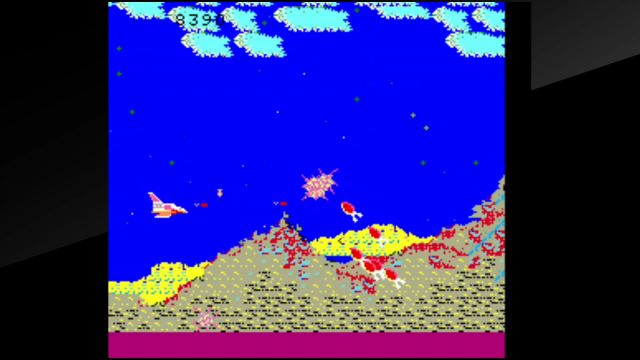
Equally ambitious is Space Seeker, a mash-up of scrolling shooting, first-person shooting, and light strategy. The game is divided into three spheres: the planet map, enemy air forces, and mobile enemy fortresses. On the planet map you exit your home base and attempt to intercept the enemy. If you collide with the air forces, you move to a first-person perspective to blast the bad guys. If you collide with a fortress, the screen scrolls horizontally, à la Gradius. It's an engaging set-up, made more strategic by the fact that roving fortresses can invade and destroy your home base, but in execution it misses the mark. The first-person shooting is a bit clumsy and the stiff scrolling segments leave little room for error. One highlight: the overworld planet theme. It sounds like an early version of the imposing "Airship Theme" from Super Mario Bros. 3.
#8
Wild Western (1982)
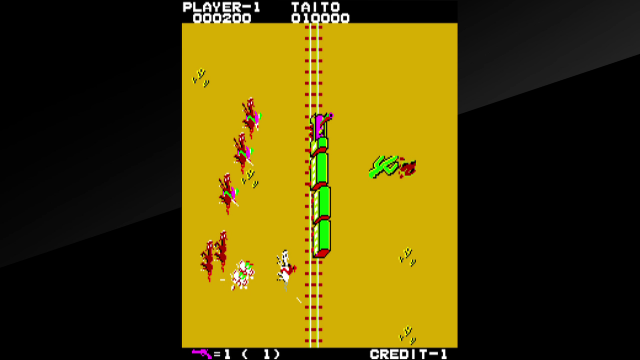
Like most of the games on this bottom part of the list, Wild Western has a nifty premise but doesn't make the necessary leap in execution. In this twin-stick shooter, you play as a sheriff, dodging bullets and obstacles in an attempt to take down gangsters threatening to rob a train. The shooting here is more rewarding than in Front Line, but still a bit clunky. The white bullets are tough to see, particularly against yellow backgrounds, and there are so many ways to die. While the game isn't very diverse in terms of levels, it does provide a few diversions: an interlude in which you have one bullet to hit an item for a score bonus, and events where gangsters will board the train, prompting you to leap from your horse on to the speeding locomotive. Music consists mostly of public domain folk tunes like "Turkey in the Straw".
#7
Chack'n Pop (1983)
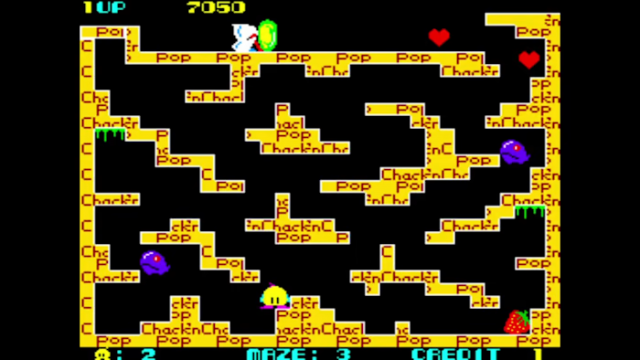
The first of two proto-Bubble Bobble games in Taito Milestones, Chack'n Pop is an action-maze game starring a lovable mascot Chack'n. The game has some good things going for it: bright, colorful graphics; Pac-Man-esque cinematic scenes; and some nuanced scoring mechanics. The main issue is the core gameplay, which comes across as too fussy. In order to move around each maze, Chack'n cannot jump but he can cling to ceilings and then drop onto extended platforms. It's an interesting conceit but a bit slow and cumbersome. Moreover, it's aggravated by the bomb-dropping mechanic. Chack'n doesn't strike or consume enemies; rather he drops bombs that tumble across surfaces and down stairs. The bombs themselves don't cause damage, but the smoke they emit does — to both enemy "monstas" and Chack'n himself. The random nature of the bombs and the constant movement of monstas makes it difficult to take out enemies consistently.
#6
Elevator Action (1983)
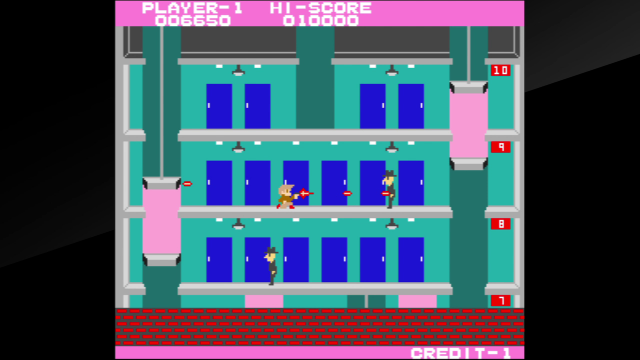
Elevator Action is a fun little action-platformer with accessible and breezy gameplay. Essentially, you guide a spy as he infiltrates an office tower. The spy moves downward from the roof to the ground floor, stealing documents and fighting armed guards along the way. The mechanics aren't super dense — you move in two dimensions and fight by either firing your sidearm or jump-kicking — but the scoring framework is fairly engaging. You'll earn extra points for taking down enemies in various states or in different ways. For example, defeating a guard in the dark is worth more than in a well-lit corridor; for another example, dispatching a guard with a falling lamp or crushing him with an elevator will net high scores.
#5
Qix (1981)
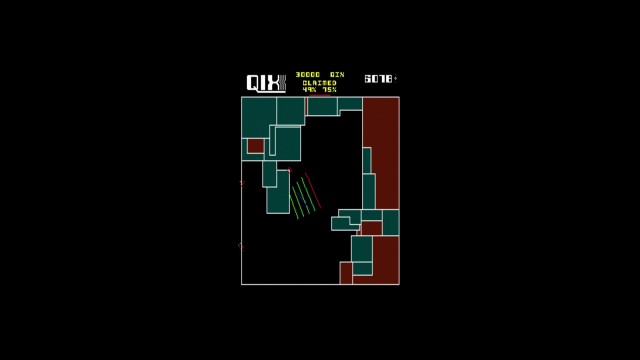
Of all the games in Taito Milestones, Qix is absolutely the most pleasantly surprising. One look at a screenshot of Qix would be enough to turn off most gamers, but once you dive in you'll find an unexpectedly appealing experience. The purpose of this puzzler is to close off at least 75% of the field with your marker. You can guide your marker with either the slow or fast "draw" button. Slow drawing will net higher points, but leave you vulnerable to the Qix, the rotating, pulsing bundle of sentient lines that bounce around the field. If the Qix hit your line before it fully captures an area, you'll lose a life. Thus, the game embraces a tense risk-versus-reward loop that proves to be quite addictive. Don't sleep on this one.
#4
The Fairyland Story (1985)
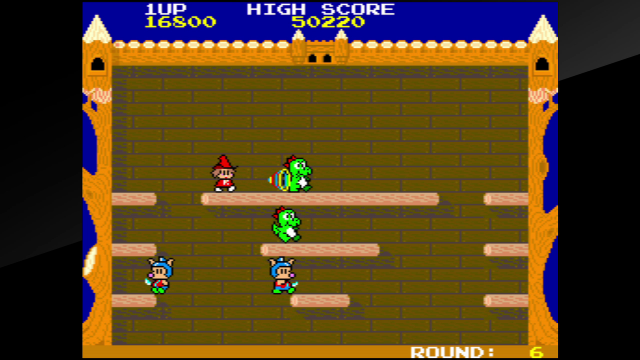
Just like Chack'n Pop, The Fairyland Story is a clear precursor to what would become one of Taito's most beloved titles, Bubble Bobble. In this action-platformer, you'll take control of a witch named Ptolemy who uses magic to remove monsters from a vast castle. With winsome graphics and charming animations, The Fairyland Story is one of the prettier games in the Milestones collection. It's also one of the more rewarding ones, thanks to varied enemy types, fun power-ups, and gameplay that veers into puzzle-platforming. Indeed, you'll have to think strategically to rack up the highest scores, since clearing multiple monsters at once grants a large amount of points.
#3
Alpine Ski (1982)

Alpine Ski is a simple, unassuming game that proves to be one of the most habit-forming entries in this Taito anthology. With its clean aesthetic, top-down perspective, and risky gameplay, it's reminiscent in some ways of River Raid, one of the all-time great Atari titles of the era. The game is broken into three phases: ski slope course, slalom course, and ski jump. In ski slope course, you'll steer your skier through rocks, trees, and slower skiers as you attempt to hit score markers. In slalom course, you need to zigzag between poles. And in ski jump you'll speed down a ramp and hopefully land safely without hitting any trees. If you're successful across all three phases you repeat the process in a second loop. Alpine Ski isn't the best-looking or deepest arcade game out there, but it's a lot of fun.
#2
Halley's Comet (1986)
Designed by Fukio Mitsuji, most famous for his work on Bubble Bobble, Halley's Comet is a rather traditional vertically-scrolling shoot-'em-up, with a very clever hook: if you allow too many enemies, missile attacks, or comet fragments by your ship, they will destroy the planet below — regardless of how many lives you have. Thus, you can't play defensively in Halley's Comet. In order to protect the planet, you need to attack and destroy the enemy ASAP. This high-stakes gameplay really elevates the title. The various ship upgrade parts don't hurt either.
#1
The Ninja Warriors (1987)
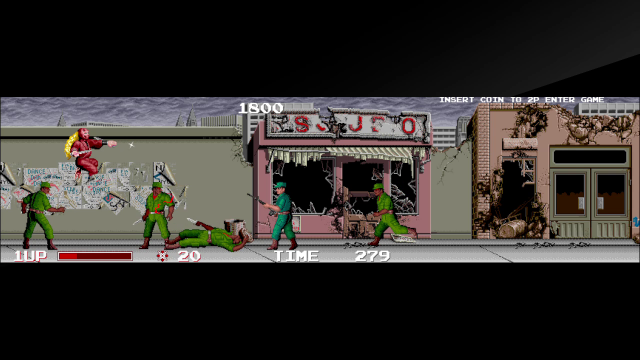
Finally, the crown jewel of Taito Milestones: the side-scrolling beat-'em-up The Ninja Warriors. In this game, the only entry in the collection that supports two-player simultaneous play, you'll guide cyborg-ninjas Kunoichi and Ninja on their quest to take down the Demon King Banglar. The original arcade game used a three monitor set-up, similar to Darius, which is faithfully recreated in the Milestones collection. It grants the game a dynamic, cinematic presentation, which is boosted by some great graphics, especially for 1987. As good as The Ninja Warriors looks, it sounds even better. The game's synth soundtrack, composed by Taito house band Zuntata, is exceptional. Now, not everything is rosy. The cyborg-ninjas' movesets are limited to short-range kunai attacks or limited-use long-range shuriken attacks, which can get a little repetitive after a while. Still, this remains a fun scrolling beat-'em-up, 35 years later.
Thanks for checking out my list! Please make your voice heard in the comments section. What are some of your favorite Taito games of the 1980s?
More Articles
The right game is Number 1. God that OST is so amazing.
If anyone who likes The Ninja Warriors check out an old anime film Black Magic M66
I grew up playing these in the arcades so there is nostalgia for me.
Ninja Warriors, Elevator Action, and Qix are classics. But where are games like Arkanoid, Bubble Bobble, Zoo Keeper, Space Invaders in this collection?
Qix is the only one I knew beforehand, and yes, that game is a classic and the principle is simpe but addictive. As the principle is quite simple, it has a lot of clones: https://www.mobygames.com/game-group/qix-variants
Gals Panic used to be a regular feature in truck stop lounges.









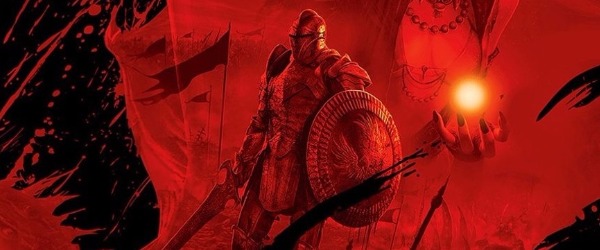


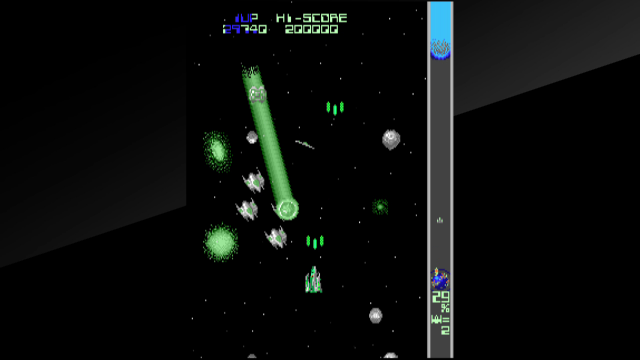










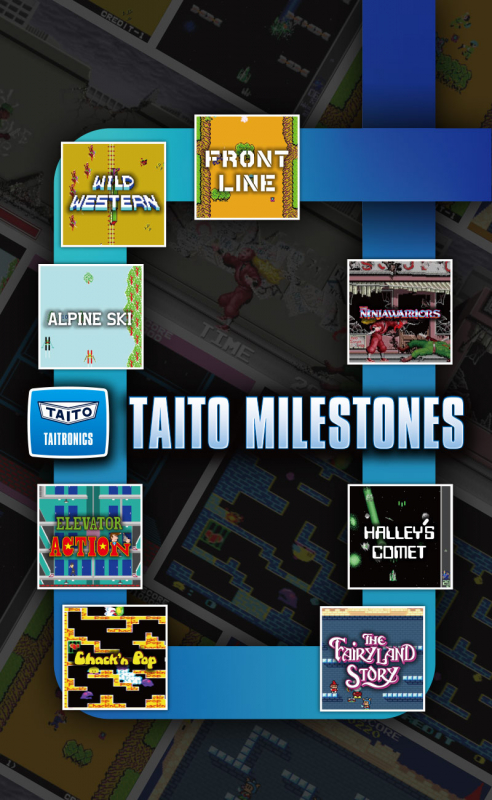



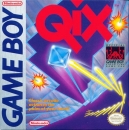

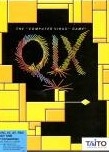

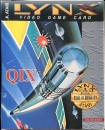

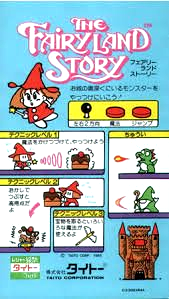

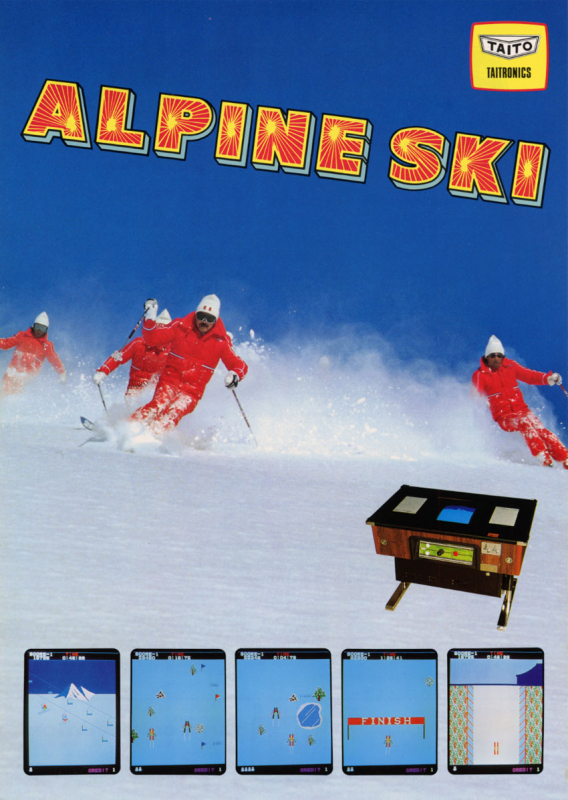

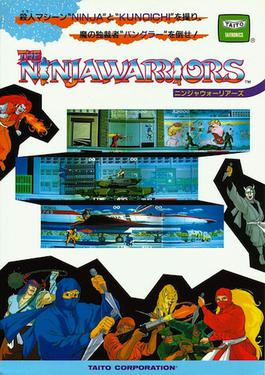
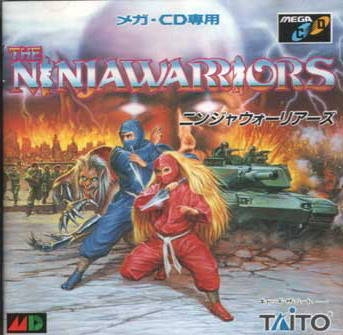



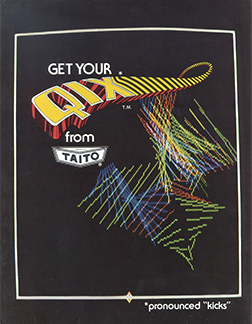




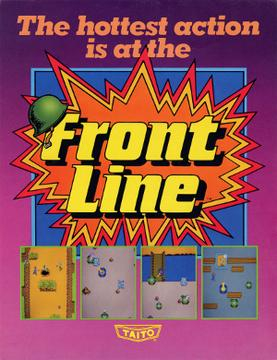
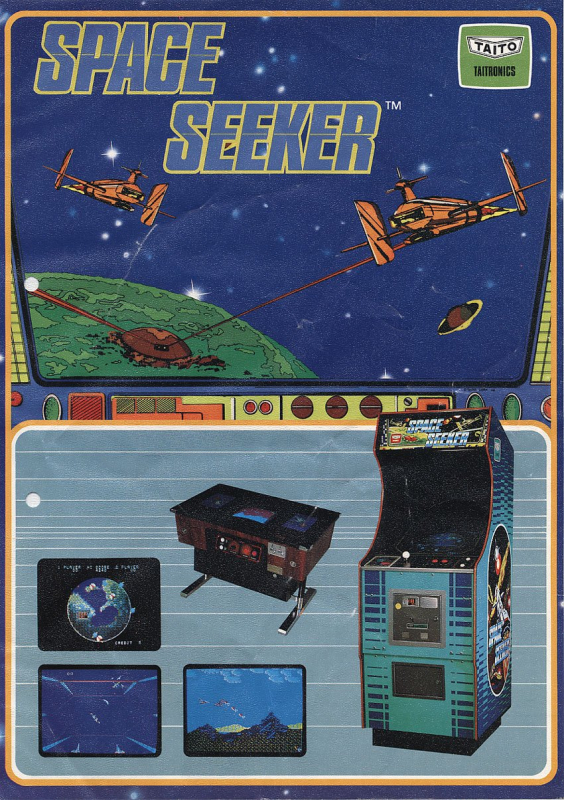
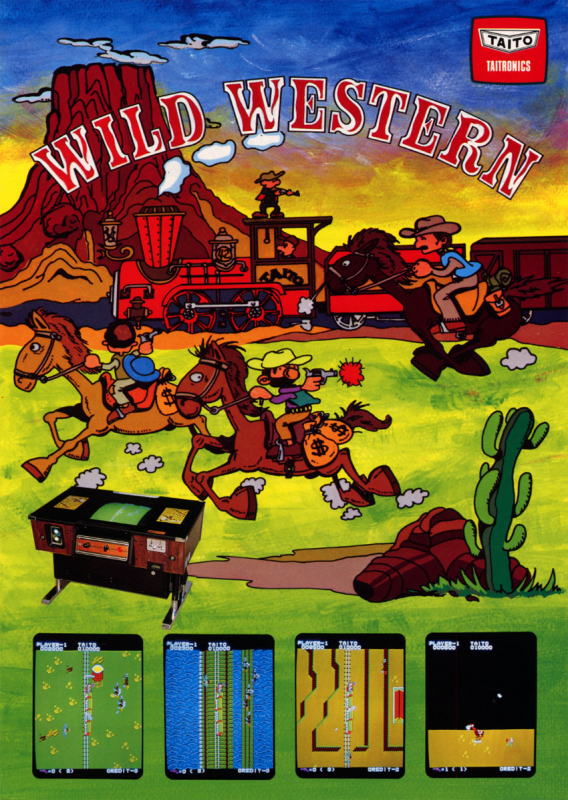
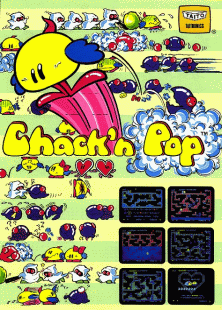

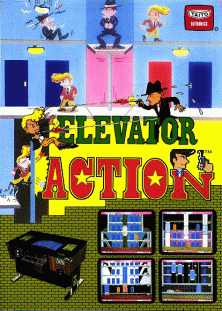
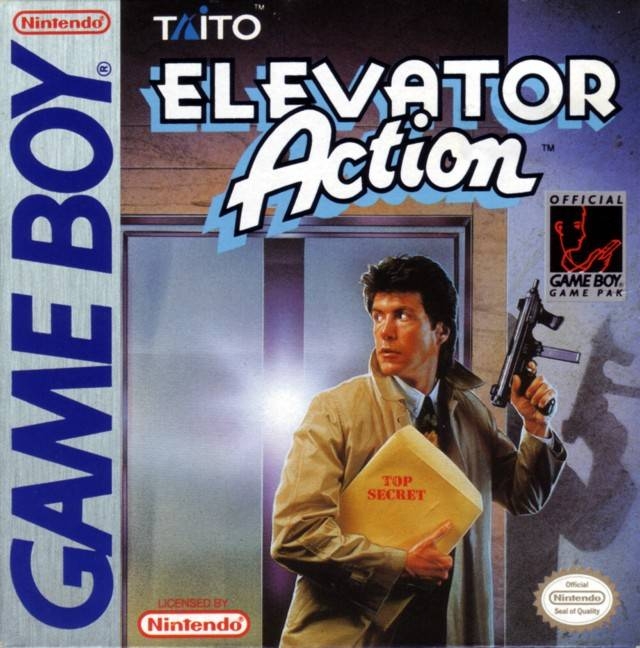

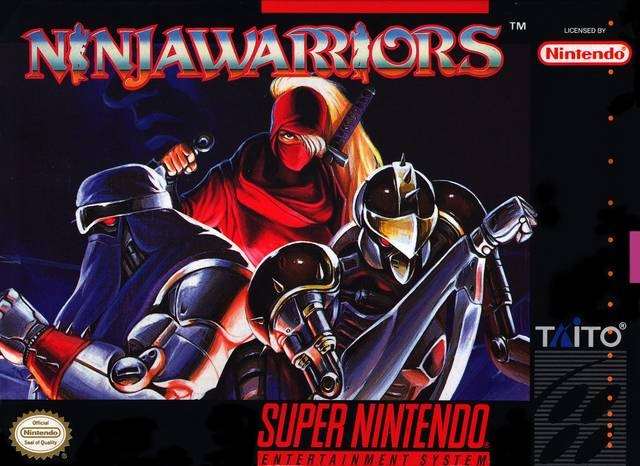

 Essay Pro
Essay Pro